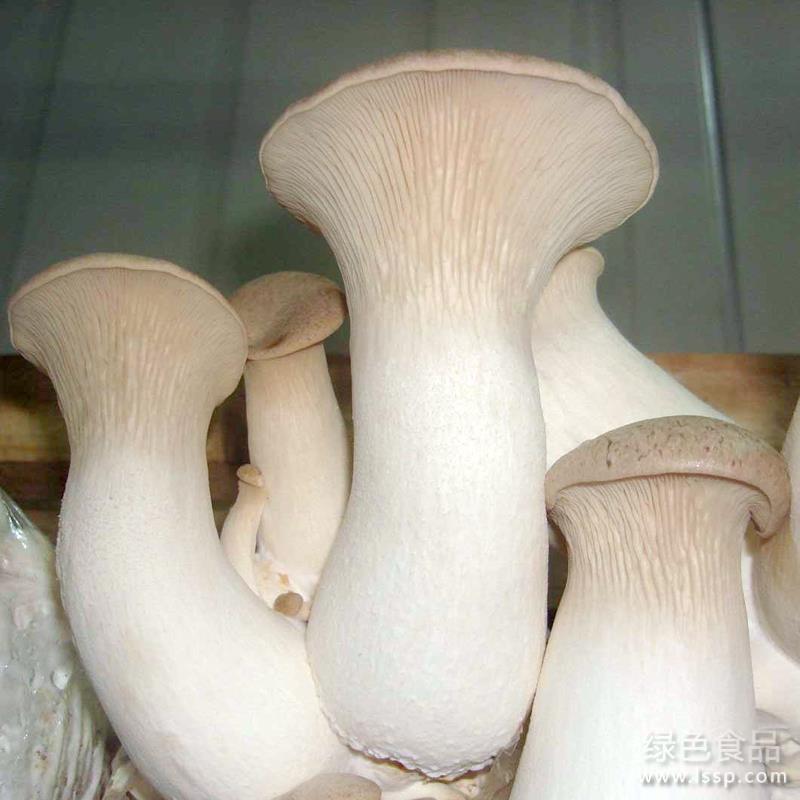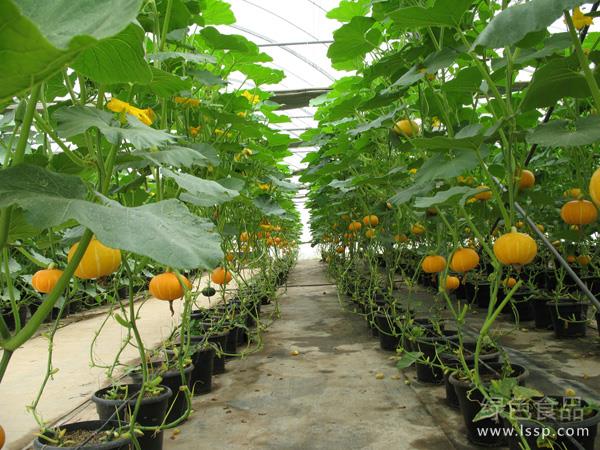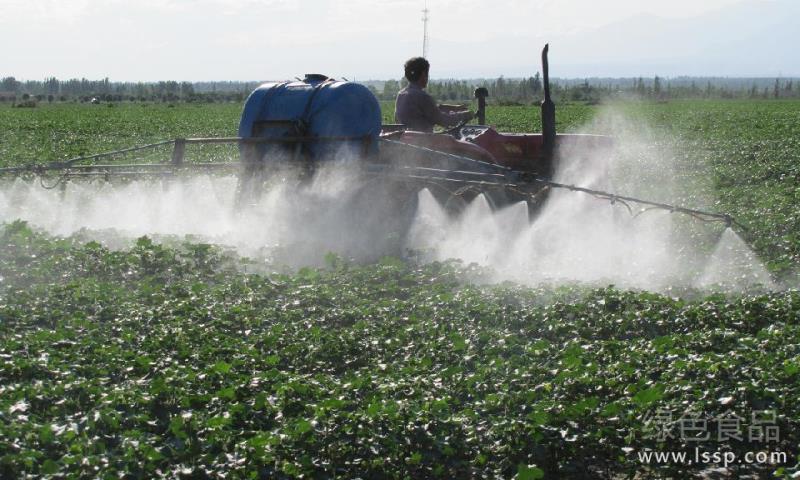Preparation methods and cultivation techniques of fermentation bag of Coprinus comatus

Coprinus comatus
Coprinus comatus has a unique flavor and is regarded as a delicacy. It is fleshy, delicious, nutritious, and has a significant effect on the treatment of diabetes, stomach disease and lowering blood pressure, so it is welcomed by the majority of consumers.
I. cultivation materials and preparation of Coprinus comatus
Coprinus comatus has strong adaptability, and it is one of the most convenient, flexible and abundant varieties of edible fungi in China. For example, corncob, cornstalk, rice straw, high grain stalk, bean straw and high grain shell are all good raw materials for cultivating Coprinus comatus.
Preparation of culture medium:
1. Corncob 80%, rice bran 20%, gypsum 1%, phosphate fertilizer 1%, quicklime 3%, urea 0.2%, carbendazim (50%) 0.1%, water content between 60% and 65%.
two。 Corn straw 80%, rice bran 20%, phosphate fertilizer 1%, quicklime 3%, gypsum 1%, urea 0.2%, carbendazim (50%) 0.1%, water content between 60% and 65%.
3. Bean straw 40%, corncob 40%, rice bran 20%, gypsum 1%, phosphate fertilizer 1%, quicklime 3%, urea 0.1%, carbendazim (50%) 0.1%, water content between 60% and 65%.
4. Rice straw 80%, rice bran 20%, gypsum 1%, phosphate fertilizer 1%, quicklime 3%, urea 0.1%, carbendazim (50%) 0.1%, water content between 60% and 65%.
5. Corncob 40%, corn straw 40%, rice bran 20%, gypsum 1%, phosphate fertilizer 1%, quicklime 3%, urea 0.1%, carbendazim (50%) 0.1%, water content between 60% and 65%.
Note: the corncob and straw in the above formula are crushed into corn kernels, and the pH value is between 8 and 9.
Second, mixing and stacking fermentation
Each pile is 250 kilograms, mix phosphate fertilizer and quicklime in rice bran, then mix with other ingredients. Dissolve urea and carbendazim in water, then add to the material and mix well. pile into a pile with a width of 1.5 meters, a height of 1 to 1.2 meters, and unlimited length, compacted slightly. Then around the pile, use sticks to punch two rows of holes 5 cm in diameter and deep to the bottom of the pile every 40 cm to carry out aerobic fermentation. About 3-5 days, the temperature in the material can reach about 60 ℃, and begin to turn over the first pile. After that, the pile was turned every 2 days for a total of 3 to 4 times, resulting in the production of a small amount of white feathery high temperature actinomycetes. The fermentation time is 12-16 days.
Coprinus comatus
III. Production and cultivation of bacterial bags
1. Select bag
The cultivation bag can choose a plastic bag with a broken diameter of 2.5 cm to 2.6 cm and 1 to 2 channels, then cut into 45 cm in length and set aside at one end. Such bags cost about 18 kilos for every 5000 kilograms of material.
two。 Bagged inoculation
Seal the greenhouse the day before bagging and spray every 50 meters of greenhouse with 500 milliliters of formaldehyde, 250 milliliters of dichlorvos and 15 kilograms of water. Then ignite with 2.5 kg of sulfur and seal for 24 hours to kill miscellaneous bacteria and pests in the shed. Before bagging, spread out the heap and lower the temperature below 30 ℃ to begin bagging. Break the bacteria into the size of cloud beans, first put a layer of bacteria at one end of the bag, put a layer of culture material about 8 cm above, and then put a layer of bacteria (the middle bacteria around the bag), a total of 4 layers of bacteria and 3 layers of material, and finally put a layer of bacteria in the mouth of the bag, and there are a little more bacteria at both ends.
3. Germ
The packed bag will be stacked and cultured with a height of 6-7 layers. The temperature in the material should be controlled at 20-26 ℃, and the maximum should not exceed 30 ℃. In about 5 days, use a needle to drill 8-10 small holes at both ends of the bag and in the middle of the bacterial layer. During the culture period, the bacterial bag should be checked 2-3 times, that is, every 8-10 days. When turning the pile, it is necessary to adjust each other up and down, inside and outside, and laterally, in order to make the bacterial bag come into contact with the air and temperature evenly, and make the bacteria balanced. Attention should be paid to ventilation during bacterial bag culture, which can be combined with temperature adjustment. When the air temperature is high, the germ shed should strengthen ventilation and cooling, and ventilate frequently when the bacteria temperature is high. Such as: open the edge of the mushroom shed and the cover, open all the vents to make the air convection, so as to increase the air flow, reduce the temperature, and improve the rate of finished products.
During the bacterial bag culture, attention should be paid to preventing moisture and avoiding light. The water needed by the hyphae in the bag does not need external supply, but depends on the existing water in the culture medium. For this reason, the bacteria shed should be dry and the air humidity should be kept at about 70%. If the site is wet and the air humidity is too high, it will cause the breeding of miscellaneous bacteria and lead to bacterial bag pollution. Therefore, the germ shed should be dry rather than wet. The mycelial growth stage does not need light, and the growth rate is faster than that of light under dark conditions. Therefore, in the mycelium growth stage, the fungus shed should avoid light as far as possible, the hyphae will be rapid, neat, uniform and sturdy. Strong light can inhibit the mycelium. According to the above management method, the bacterial bag can be filled in about 20-30 days.
Fourth, the production of covering soil
1. Because Coprinus comatus can not produce mushrooms without soil mulching, soil mulching is a very important work in Coprinus comatus cultivation. The preparation of soil-covered materials and whether the disinfection treatment is thorough or not directly affect the yield and quality of mushrooms.
two。 The selection of soil covering materials and physical and chemical properties should meet the needs of the growth of Coprinus comatus. The basic requirements are loose structure, high porosity, good aeration performance and certain aggregate structure, such as clay loam, vegetable garden soil, river mud and so on.
3. Preparation of soil covering materials. Clay loam or river soil 75%. Furnace ash 25%, phosphate fertilizer 0.5%, quicklime 1%, carbendazim 0.1%, dichlorvos 0.1%, pH 8: 9, appropriate amount of water. The earth is pinched into a mass in the hand, and it is about to break up.
5. Bed treatment and bagging and soil mulching
1. Border bed treatment
Straighten the border bed, leave an aisle in the middle after pouring water, and use the soil in the border to build a dam ridge of about 25 centimeters, scattered with a small amount of quicklime.
two。 Unbagged and covered with soil
Put the bacteria bag out of the bag and put it in the treated bed. The gap was filled with treated nutrient soil, and the bacterial stick was covered with 3-5 cm thick nutrient soil. After covering the soil, cover with plastic film to keep heat and moisture, the temperature should be controlled at 12: 25 ℃, pay attention to keep the soil moist, strengthen ventilation and ventilation. After covering the soil for about 15 to 20 days, the hyphae can penetrate the overlying soil layer and form a fruiting body, and then spray water once. The fruiting body maintains high humidity and a certain degree of astigmatism during the growth stage, but do not spray water and keep the ground moist. Strengthen ventilation, mainly master temperature and humidity in management. When the temperature in the female shed is more than 25 ℃, it is mainly cooling and humidifying, and the spray water keeps the ground moist. During ventilation, strong winds should be avoided to blow directly into the bed, so as not to affect the color and quality of Coprinus comatus. The ventilation rate can be flexibly controlled according to the number of mushrooms, 11 ~ 14:00 every day in the low temperature season, every morning and evening in the high temperature season, and increase the ventilation rate in cloudy and rainy days. The temperature of mushroom production is controlled between 8 and 25 ℃, the optimum temperature is between 14 and 18 ℃, and the humidity is kept between 80% and 90%.
When the fruiting body grows to cylindrical or bell-shaped, the color changes from light to dark, and the cap and ring are not separated or just loosened. After the first tide mushroom is harvested, the dead mushroom and mushroom root should be cleaned up in time to cover the soil, replenish the water at one time, manage the temperature and humidity, and raise the lower tide mushroom.
- Prev

Pumpkin cultivation management skills: seedling transplanting direct seeding
Pumpkin cultivation management skills: seedling transplanting direct seeding
- Next

Five situations of wasteful use of Cotton Pesticide in polluted Environment
Five situations of wasteful use of Cotton Pesticide in polluted Environment
Related
- Fuxing push coffee new agricultural production and marketing class: lack of small-scale processing plants
- Jujube rice field leisure farm deep ploughing Yilan for five years to create a space for organic food and play
- Nongyu Farm-A trial of organic papaya for brave women with advanced technology
- Four points for attention in the prevention and control of diseases and insect pests of edible fungi
- How to add nutrient solution to Edible Fungi
- Is there any good way to control edible fungus mites?
- Open Inoculation Technology of Edible Fungi
- Is there any clever way to use fertilizer for edible fungus in winter?
- What agents are used to kill the pathogens of edible fungi in the mushroom shed?
- Rapid drying of Edible Fungi

